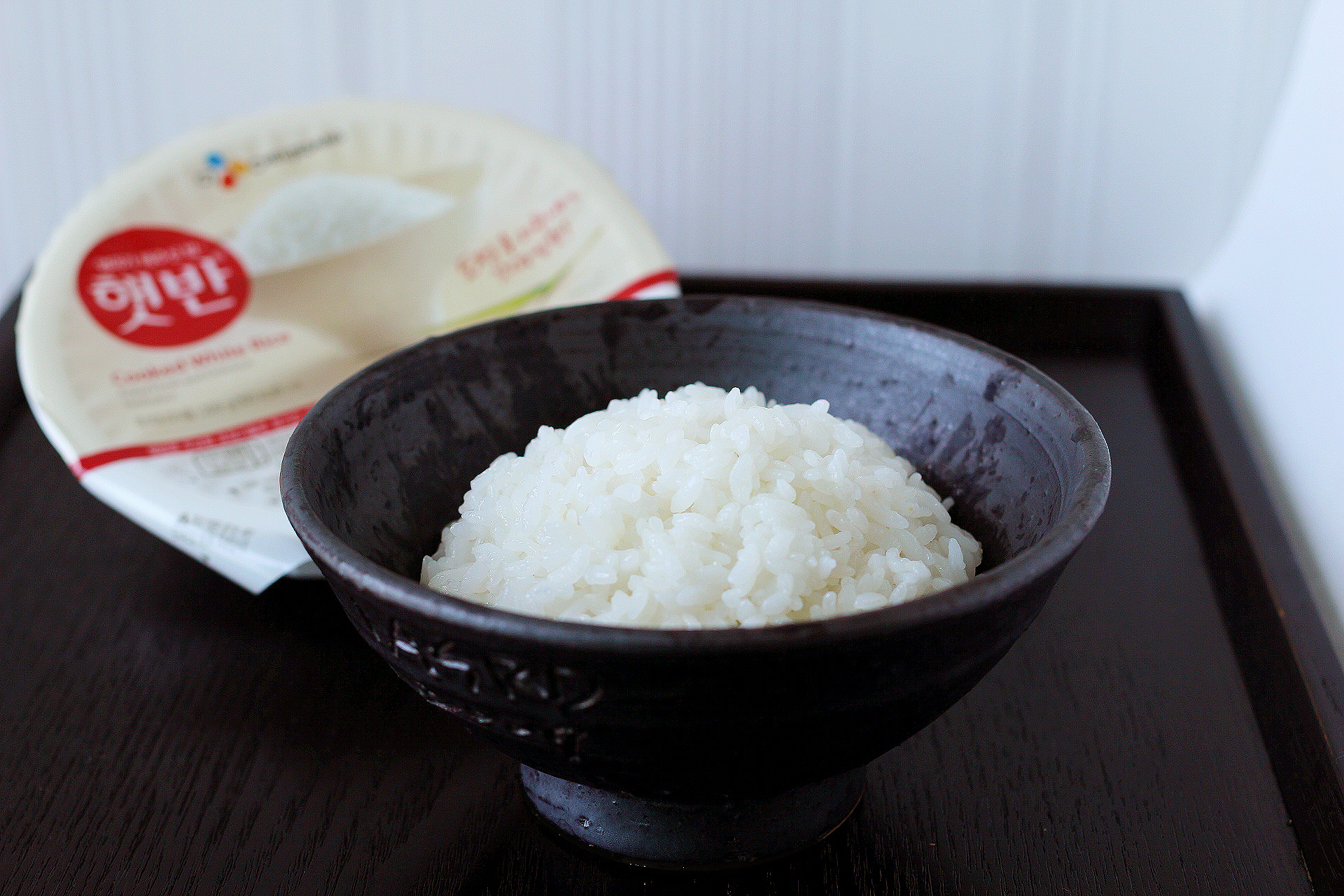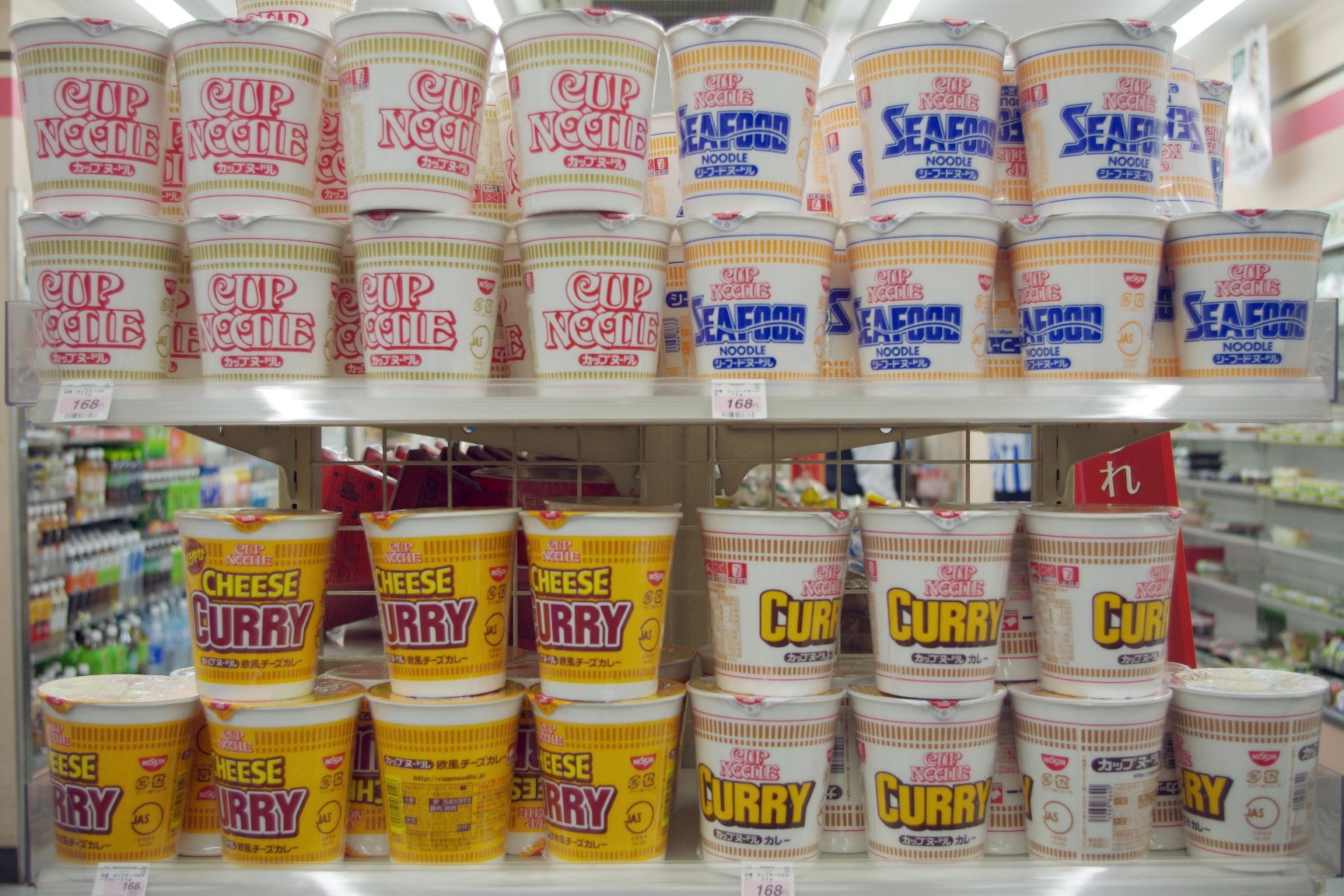by Zhiqi Wang
While restaurants across Singapore are seeing a robust crowd, not all are comfortable with being around so many people. However, there’s a growing option for convenience foods catered those studying at home. Here are some innovative foods that have undergone a lot of R&D to make it to your dinner table:
Instant hotpot

This convenience food certainly saved hotpot lovers during the circuit breaker period, since we can get many types of hotpots – from mala to Haidilao. A hotpot pack comes with 2 containers: one for the food, and another for the heating pack. The secret of instant hotpot lies in the heating pack containing aluminium compounds that react with water instantly to release just enough heat (100ºC) to cook the ingredients. Simply put the food container into the heating container, and we can expect a sumptuous hotpot meal in about 10 minutes!
Gyu-don (beef bowl)

In yet another sample of self-heating food using heating packs, you can also find almost-instant gyudon in Japan. The meal is prepackaged with one packet for rice, and one for the beef, which are “cooked” by placing them – along with the packets of exothermic agent and exothermic solution – inside a clear plastic bag (which is then placed inside the box the meal comes in). While it’s fun to watch, it’s definitely not as convenient as those that you cook and eat from the same container, like the self-heating claypot rice that’s topped with flavours like Taiwan Braised Pork or Sichuan Sausage.
Instant rice

What is more central to our Asian identity than rice? Rice is the perfect staple that goes well with everything saucy. However, rice can be troublesome and time-consuming to make – until now, when we can simply pop a bowl (or packet) of instant rice into the microwave and it’s dinner time! You can also pop the rice in boiling water if you don’t have a microwave.
Oyakodon

This ready meal is like a packet of instant noodles – inside is a dehydrated block of pre-prepared egg and chicken dish. To cook, put it in a bowl and add a cup of hot water, and stir it for about 10 seconds. To serve, just pour this piping hot mixture onto a bowl of rice. The same freeze-drying food technology to produce this meal is also used to produce food for astronauts (e.g. Science Centre space ice cream).
Cup noodles

This original convenience food was initially invented as a replacement for ramen which was in shortage post-WWII in Japan. The dried noodle block was created by flash frying cooked noodles which are suspended halfway in the cup, so that hot water can circulate thoroughly from below to cook the noodles evenly. The innovative cup was designed to combine three different functions: a packaging material, cooker, and a bowl for eating.
Instant Coffee

We often forget about instant coffee as a convenience food because it is always so available. However, developing a fully-dissolvable coffee was no easy feat! Nestle (or Nescafe) took up this challenge and made use of various extraction processes to take only the components that make coffee taste good. Freeze-drying is the most common method of production – coffee extract is frozen and cut into small fragments, which are then dried at a low temperature under vacuum conditions. Now you can have instant coffee without leftover grounds.
COVID-19 has caused massive disruptions to our global supply chains, forcing us to consider the value of convenience food. However, without the wide range of well-designed instant food available, we wouldn’t be able to enjoy this level of convenience while enjoying our favourite foods.











